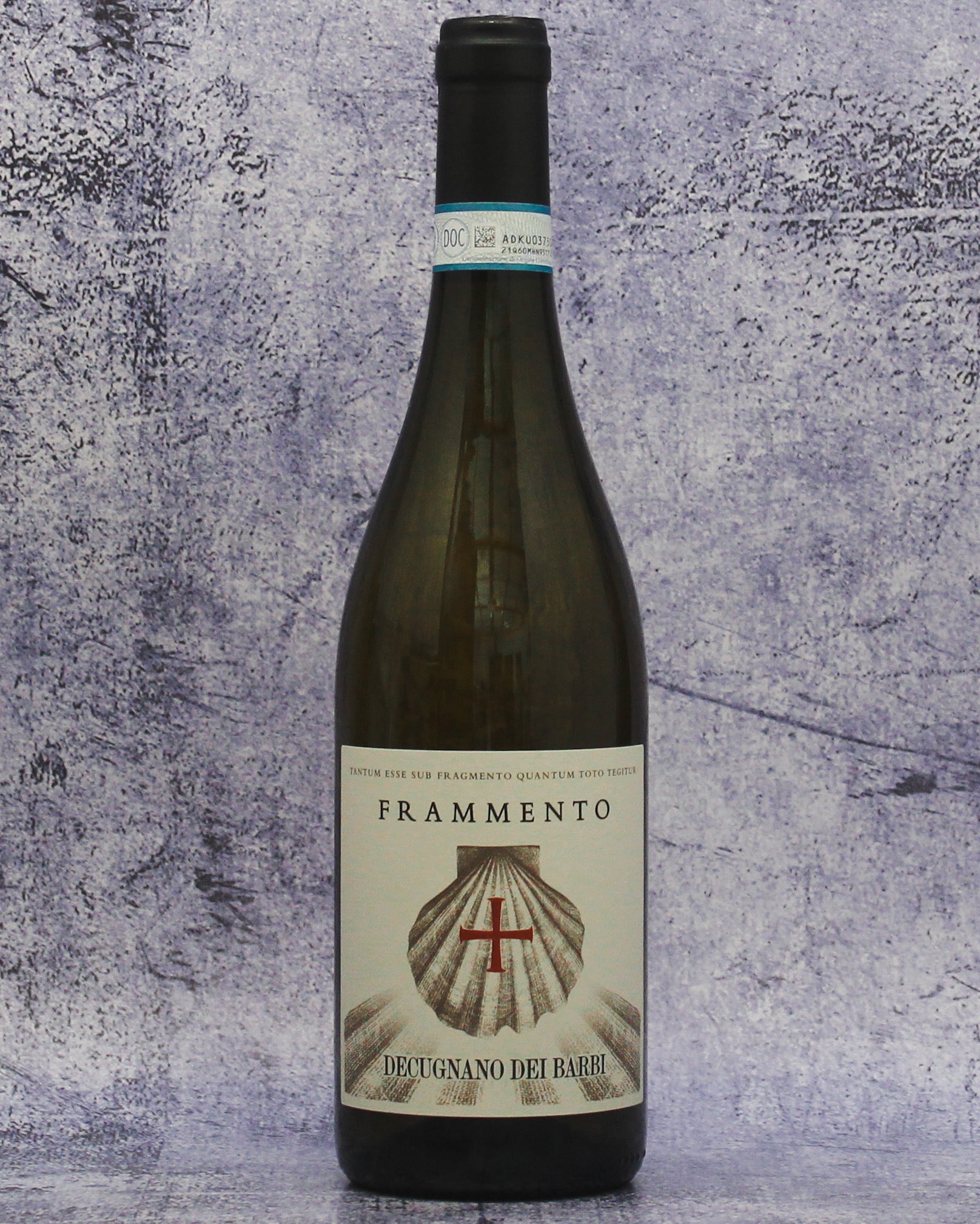Details:
Product Details
| Country: | Italy |
|---|---|
| Region: | Umbria |
| Sub-Region: | Orvieto |
| Appellation: | Orvieto DOC |
| Classification: | Classico |
| Grape(s): | Grechetto, Procanico, Vermentino / Rolle, Chardonnay, Sauvignon Blanc |
| Wine Style: | White |
| Composition: | Blend |
Taste: In the glass it is pale straw with green reflections. The nose opens with bright aromas of pear, green apple, and white peach, layered with citrus blossom, lemongrass, and a saline, stony edge. On the palate, the wine is crisp and medium-bodied, showing flavors of lemon zest, quince, and orchard fruit alongside herbal undertones of sage and fennel. The lees contact lends a subtle roundness at mid-palate, balanced by brisk acidity that drives through to a clean, mineral finish marked by notes of lime peel, raw almond, and crushed stone.
Critical Acclaim: “Spring flower and stone fruit aromas form the nose. Tangy and savory, the creamy palate offers ripe Bartlett pear, white peach and botanical herb alongside bright acidity before closing on a note of white almond.” —90 Points, Kerin O’Keefe, Wine Enthusiast
Pairing: The blend pairs best with foods that highlight its crisp acidity, herbal nuances, and mineral-driven finish. General rules: lean toward seafood and vegetable-based dishes, use citrus or fresh herbs to mirror its aromatics, and avoid heavy cream sauces that could overwhelm it.
About. Decugnano dei Barbi is based in Orvieto, in Umbria, Italy, a region long associated with white wines that once graced the tables of popes and princes. The estate sits on rolling hills overlooking the ancient city, where volcanic soils, clay, and marine fossils provide a unique foundation for viticulture. It dates back to 1212, when records show Benedictine monks cultivating vines on the land that would become the estate. Making it one of the earliest documented wine sites in the area. The modern incarnation of Decugnano dei Barbi began in 1973, when Claudio Barbi purchased the abandoned property and revived its historical role as a working winery.

